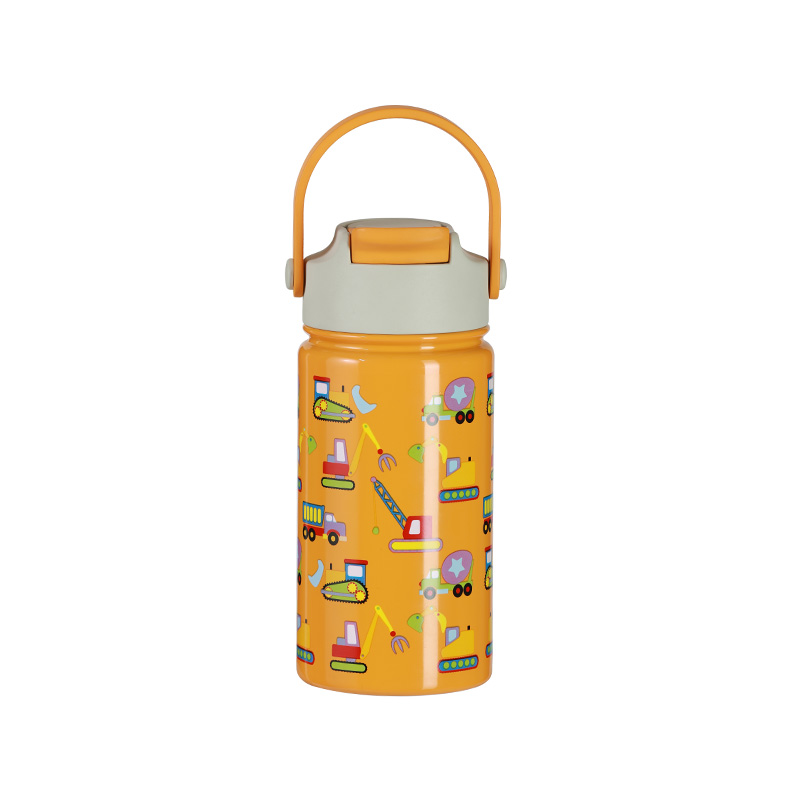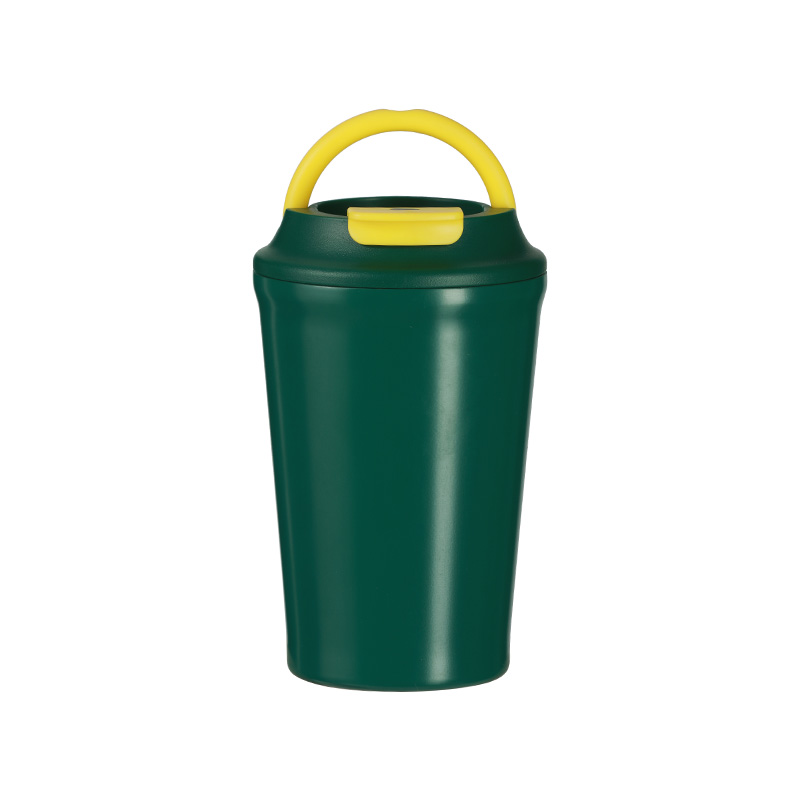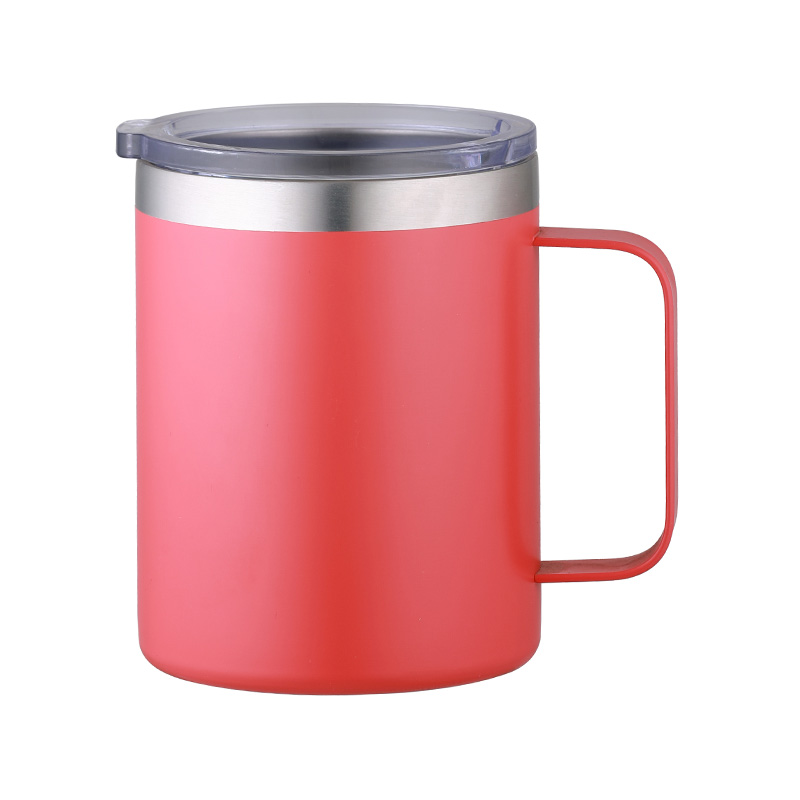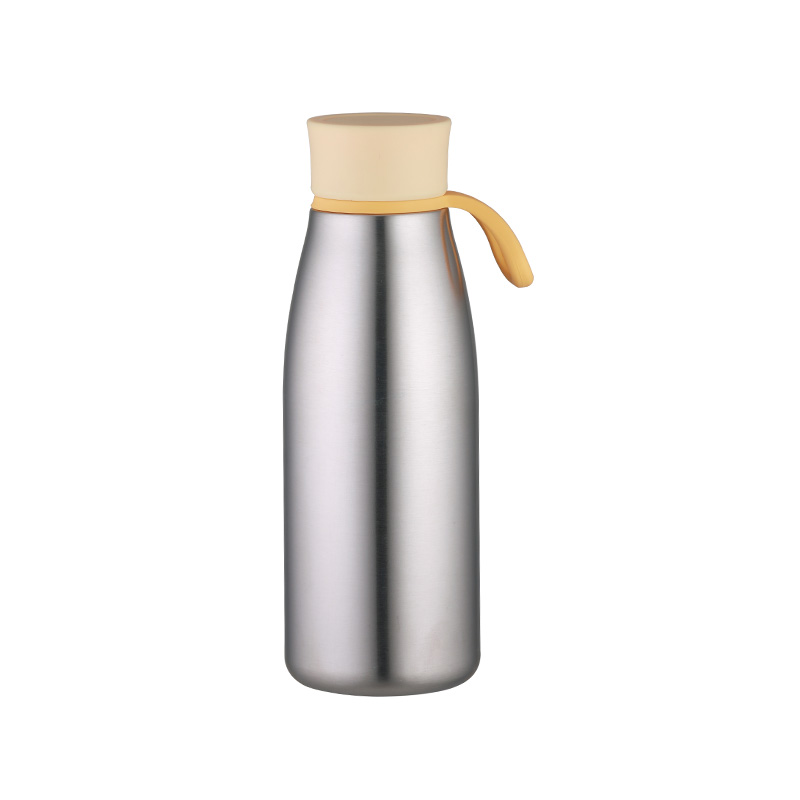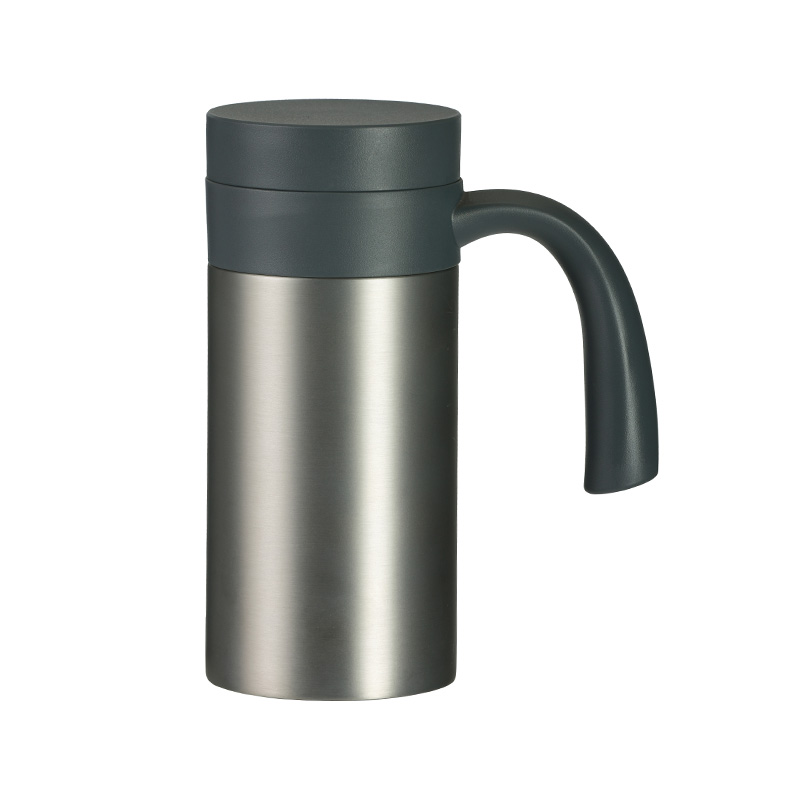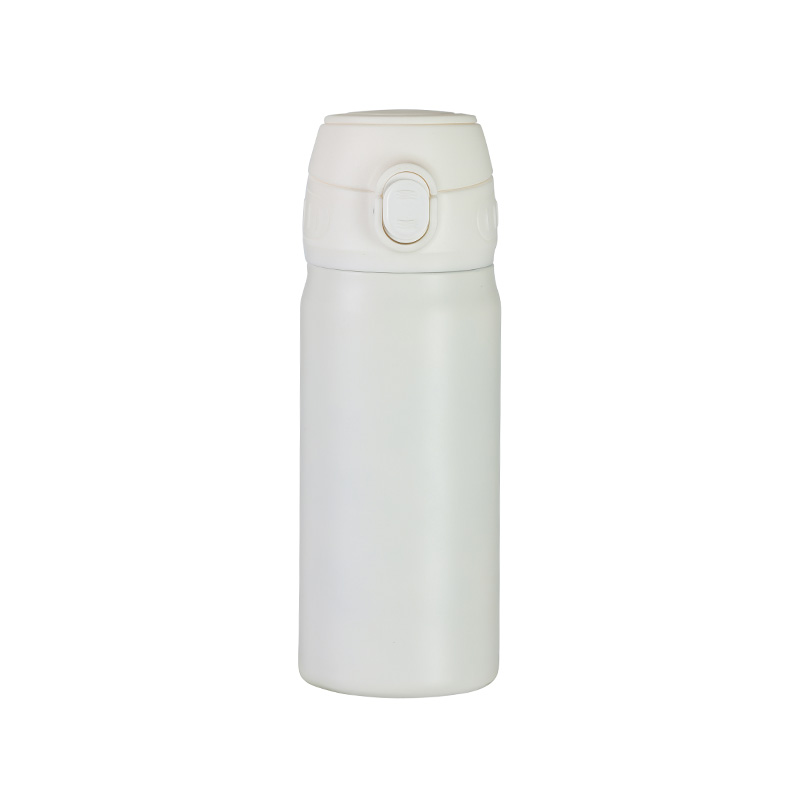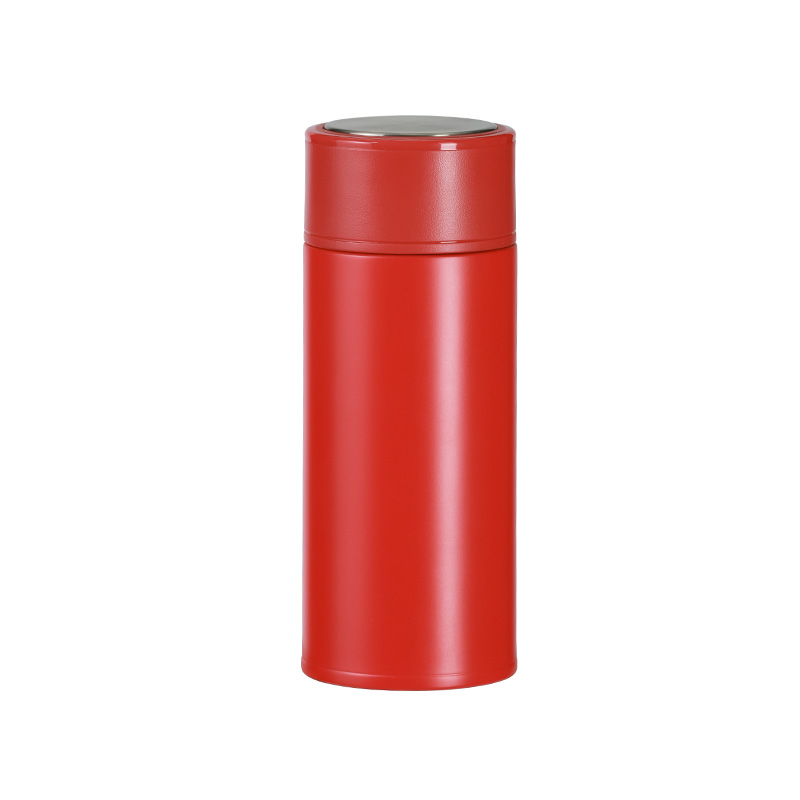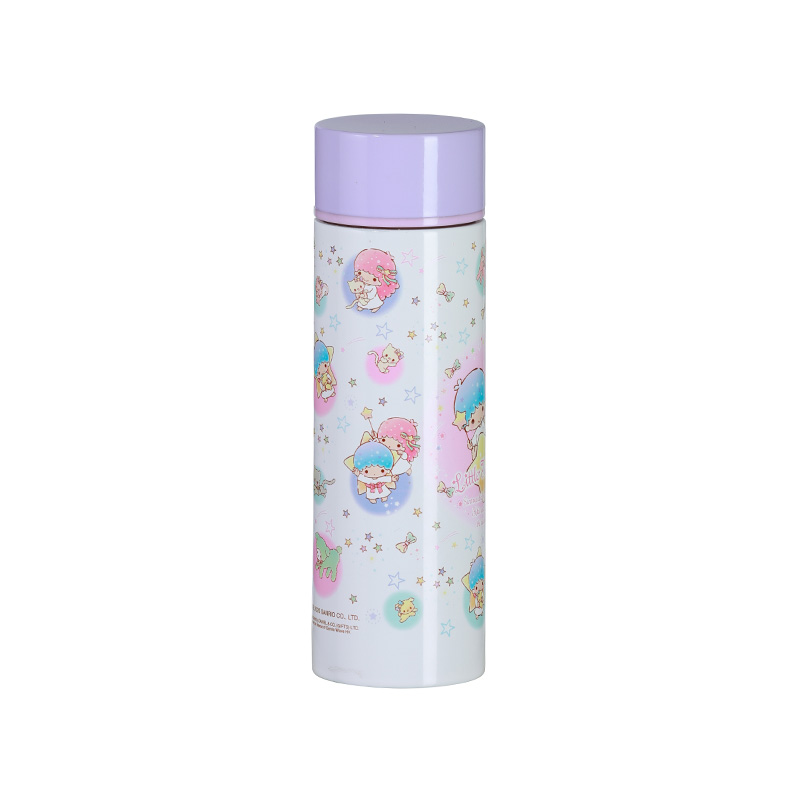Stainless steel outdoor bottles have come a long way since their inception, becoming a staple accessory for outdoor enthusiasts, athletes, and daily commuters alike. These bottles offer a durable, eco-friendly alternative to single-use plastic bottles and provide an effective solution for keeping beverages at the right temperature for extended periods. As people have become more conscious of sustainability and health, the demand for stainless steel bottles has grown, prompting innovations in design and functionality.

The history of stainless steel outdoor bottles is rooted in the development of stainless steel itself. Stainless steel was invented in the early 20th century, with its main advantage being its resistance to corrosion and staining. This made it an ideal material for various applications, including kitchenware, medical instruments, and, eventually, outdoor equipment.
In the 1940s and 1950s, the stainless steel water bottles were created. Early designs were bulky, utilitarian, and mainly used for military purposes or by workers in industries that required durable, corrosion-resistant containers. These bottles were primarily designed to hold hot liquids, like coffee or tea, and served their purpose in environments where glass or plastic would not withstand the conditions. However, their design was far from sleek or portable, and they did not become widely popular outside of specific industries or professions.
The 1990s and early 2000s saw a significant shift in how consumers viewed outdoor products. As outdoor activities like hiking, camping, and cycling gained popularity, so did the demand for practical, durable gear. It was during this period that stainless steel bottles began to gain traction as a viable alternative to plastic bottles.
Early stainless steel outdoor bottles were relatively simple, often featuring a single-wall construction and a screw-on cap. While these bottles offered durability and resistance to odors, they were not yet designed with modern convenience in mind. Users would still find them difficult to carry for long distances due to their weight and lack of insulation. Nevertheless, the growing awareness about the environmental impact of disposable plastic bottles, combined with an increasing focus on outdoor recreation, set the stage for the stainless steel bottle to evolve into a popular consumer item.
By the mid-2000s, stainless steel outdoor bottles began to see serious improvements in both functionality and design. The introduction of double-wall vacuum insulation technology was a game-changer. This advancement allowed stainless steel bottles to keep beverages hot or cold for extended periods, offering a significant advantage over the standard plastic or glass alternatives.
The double-wall vacuum insulation works by creating a space between two layers of stainless steel. This vacuum prevents heat transfer, ensuring that hot drinks stay warm and cold drinks remain cool, even in outdoor conditions. As a result, insulated stainless steel bottles became popular among outdoor enthusiasts who needed to keep their drinks at a specific temperature during long hikes, camping trips, or long days at the beach.
At the same time, the design of stainless steel bottles also improved. They became lighter, more ergonomic, and available in a wider range of sizes and shapes. Manufacturers started to pay more attention to the aesthetic aspects, offering sleek, colorful, and customizable options. Some brands even introduced innovative caps with built-in straws, wide-mouth openings for easy filling and cleaning, and spill-proof lids for added convenience.
As health and environmental consciousness grew, the appeal of stainless steel bottles became even more widespread. In recent years, people have become more aware of the harmful effects of single-use plastic bottles on both their health and the planet. Many plastics contain chemicals like BPA (bisphenol A), which can leach into beverages, raising concerns about long-term health risks. Stainless steel bottles, on the other hand, are free from harmful chemicals, ensuring that the beverages inside remain pure.
The environmental impact of disposable plastic bottles has also become a critical concern. According to studies, millions of plastic bottles end up in landfills or oceans every year, contributing to the global plastic pollution crisis. Stainless steel bottles, by contrast, are reusable, durable, and recyclable. As more people strive to reduce their carbon footprint, stainless steel bottles have emerged as a more sustainable option, promoting the "reduce, reuse, recycle" philosophy.

 English
English 日本語
日本語